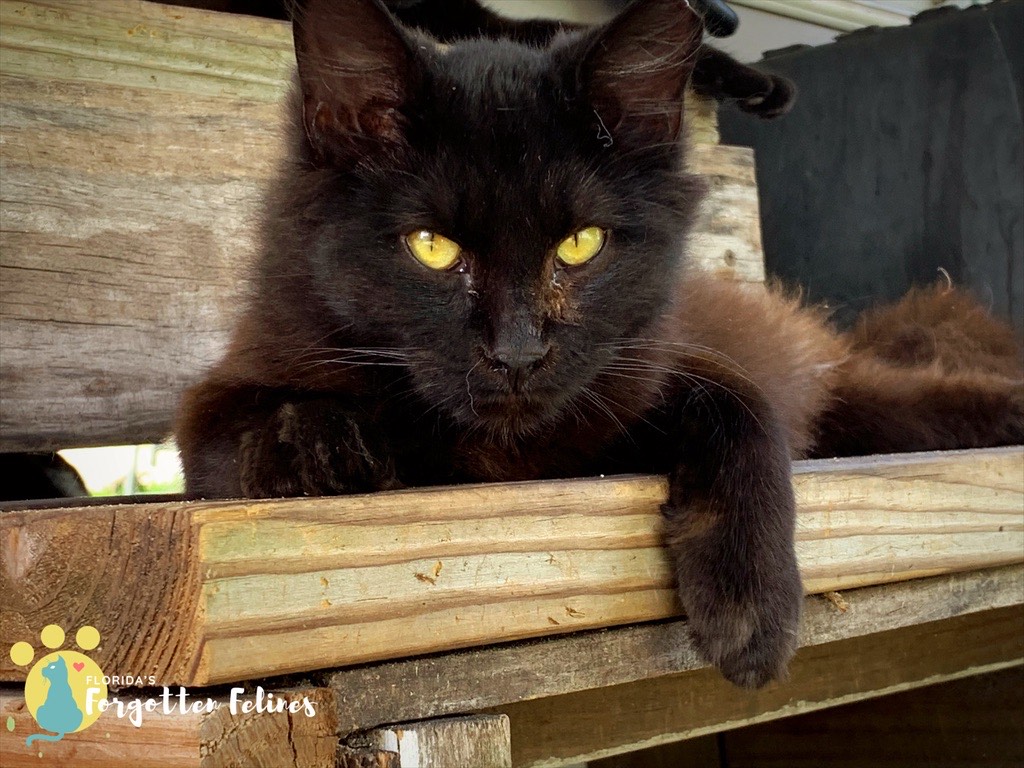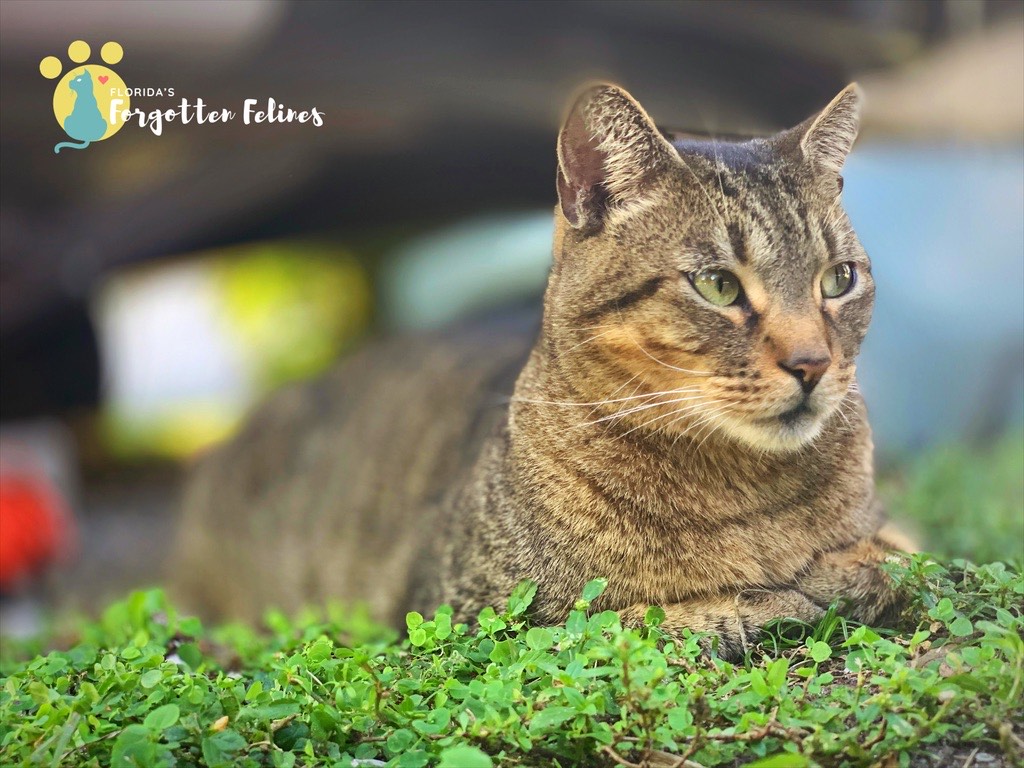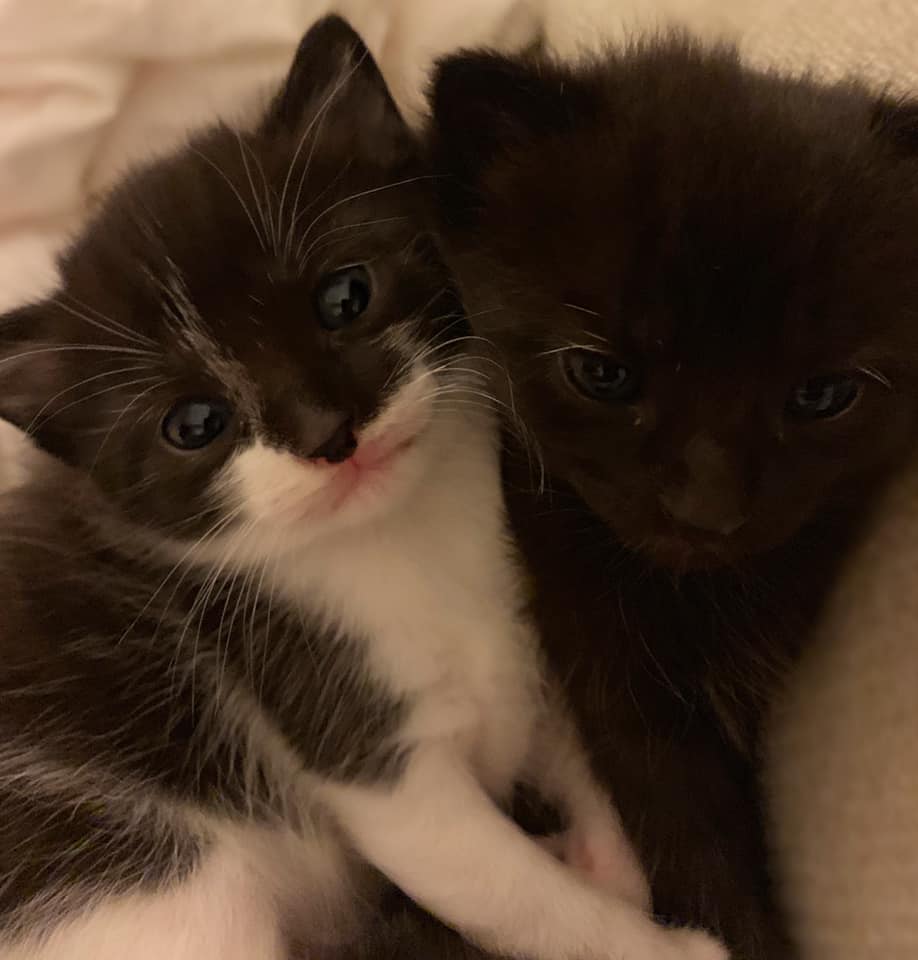Feral Cats Are Just As Healthy As Owned Cats!
Most feral cats enjoy excellent health and are more likely to be infected with disease than house cats. In fact, house cats and feral cats contract FeLV and FIV at an equally low rate of about 4%.

Viruses

FeLV and FIV Are Not the Number One Killer of Cats!
Kitten mortality and treatable diseases are also serious health threats. But Animal Control agencies and shelters nationwide are killing healthy cats – owned, stray & feral – at alarming rates.
Spaying and Neutering Prevent the Spread of Viruses in all Cats
Spaying and neutering a feral cat colony creates a healthy, stabilized population. Neutering reduces or eliminating the primary mode of virus transmission, fighting and over breeding. Cats already infected pose little risk to other cats–indoor and out.


Cats that Test Positive Can Live Healthy, Symptom Free Lives
Veterinarians frequently suggest euthanizing FIV positive cats, but to many of these cats can live symptom-free for years. FeLV positive cats may remain in apparent good health for many months, although most succumb to the disease. Also. FIV & FeLV tests can be unreliable. Cats testing positive should be retested!
Feline Leukemia Virus (FeLV)
FeLV is a cancer causing virus that is transmitted from cat the cat through fighting or meeting. FeLV cannot survive for long outside of a cats body and is easily destroyed with the most disinfectants and detergents.
Feline immunodeficiency virus (FIV)
FIV suppresses a cats immune system. It is spread through deep bite wounds. Because sterilized cats fight much less than intact cats, neutered FIV positive cats generally live safely with uninfected cats both in and outdoors. But, while the risk of transmitting the virus to another cat is very low, it is not nonexistent.
The American Association of feline practitioners recommends against routine euthanasia of healthy FeLV and FIV positive cats!


Humans Cannot Catch or Transmit FeLV & FIV
FeLV and FIV are incurable viruses that only affect cats. Humans cannot catch or transmit them.
Please note: Although we care for community cats (strays) with FeLV and FIV, we do not offer medical care for any cat that is brought to us. We can offer advice on these issues only–not medical services.
